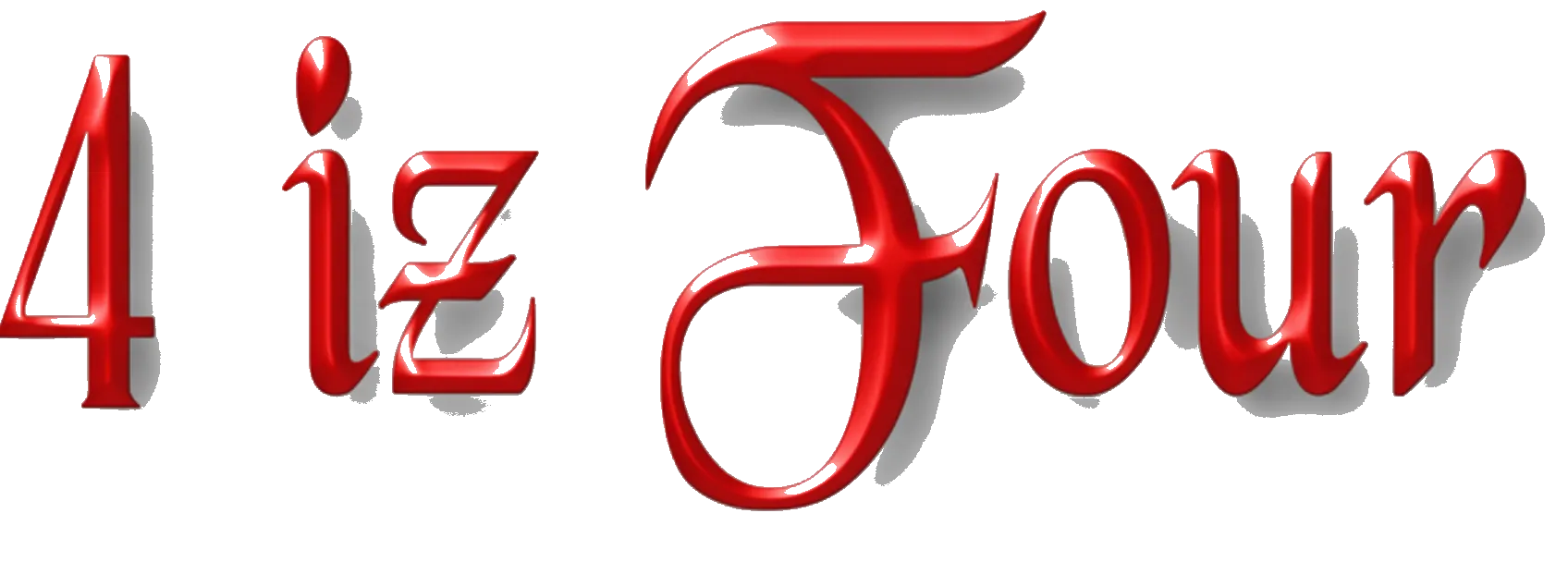Debt isn’t just numbers—it’s emotional. The average American household now carries over $6,000 in credit card debt, and most people don’t realize that the biggest reason they stay stuck isn’t what they spend—it’s how they borrow. When it comes to borrowing money, one option almost always costs significantly more—and keeps you in debt longer: credit cards.
Today, we reveal the true cost of credit card debt, how personal loans compare, and how one smart switch could save you thousands of dollars—and years of stress.

Credit Cards: Convenient but Extremely Expensive
Credit cards are great for everyday purchases, rewards, and emergencies. But they are one of the most expensive ways to borrow money.
Average Credit Card APR in 2024: 20% to 30%
Unlike loans, credit cards use variable interest rates, which can increase without warning. If you don’t pay the full balance every month, your debt grows quickly.
Example:
If you owe $5,000 on a credit card at 24% APR and only make minimum payments, it could take over 10 years to pay off and cost more than $7,500 in interest.
That means you pay back nearly three times what you borrowed.
Why Credit Card Debt Keeps You Stuck
Credit card debt is designed to keep you paying for as long as possible. Here’s why it’s so hard to escape:
Minimum payments barely reduce what you owe.
Interest continues to grow each month.
There’s no fixed payoff date.
Variable rates create uncertainty.
The longer you carry a balance—the more you pay.
It feels like you’re making payments, but you’re actually paying to stay in debt—not to get out of it.
Personal Loans: A Smarter Way to Pay Off Debt
Personal loans offer one thing credit cards don’t: control. They have fixed interest rates, fixed monthly payments, and a clear end date.
Average Personal Loan APR: 8% to 15%
That’s often less than half the cost of credit card interest.
Example:
If you borrow $5,000 with a personal loan at 10% APR for 3 years, you would pay about $815 in total interest.
Compare that to $7,500 with a credit card.
One choice could save you more than $6,000.
Side-by-Side Cost Comparison
| Feature | Credit Cards | Personal Loans |
|---|---|---|
| Interest Rate | 20–30% | 8–15% |
| Monthly Payment | Variable | Fixed |
| Payoff Timeline | Unlimited | Fixed (1–7 years) |
| Total Interest | Very High | Significantly Lower |
| Credit Impact | Can hurt if utilization is high | Can improve if paid on time |
| Emotional Stress | High | Lower |
When a Personal Loan Is the Better Choice
You may want to switch to a personal loan if:
You have more than $3,000 in credit card debt
Your credit card APR is above 18%
You only make minimum payments
Your monthly interest charges feel overwhelming
You want to reduce stress and boost credit health
Debt Consolidation: The Smart Shortcut to Paying Less
Using a personal loan to pay off all your credit cards is called debt consolidation. It allows you to combine multiple debts into one lower-interest payment—with clarity and control.
How it works:
Apply for a personal loan.
Use it to pay off your credit cards in full.
Make one fixed monthly payment—at a lower interest rate.
Become debt-free faster, with less stress.
Plus, when you pay off your cards, your credit score often improves because your credit utilization drops.
The Psychological Advantage of Personal Loans
Credit card debt has no finish line. It keeps you anxious, uncertain, and constantly paying. Personal loans change that.
They give you:
A clear payoff date
A fixed monthly payment
A visible reduction in debt
A path to real progress
This turns debt from something that controls you into something you control.
Real-Life Savings Examples
| Debt Amount | Avg. Credit Card Interest | Personal Loan Interest | Savings |
|---|---|---|---|
| $5,000 | ~$7,500 | ~$815 | ~$6,685 |
| $10,000 | ~$15,000 | ~$1,630 | ~$13,370 |
| $15,000 | ~$22,500 | ~$2,445 | ~$20,055 |
Even a small shift in interest rate can make a major difference.
Common Myths That Keep People Overpaying
Myth 1: I’m fine because I make minimum payments.
Truth: Minimum payments are designed to keep you paying—not to help you become debt-free.
Myth 2: Personal loans hurt my credit.
Truth: They often improve your score by lowering utilization and building a strong payment history.
Myth 3: Consolidation is complicated.
Truth: It’s usually fast and can be done completely online.
Myth 4: Personal loans are only for people with bad credit.
Truth: People with good credit get the lowest rates—and save the most.
Final Financial Verdict
| Situation | Best Option |
|---|---|
| Paying for everyday purchases | Credit Card |
| Paying off debt | Personal Loan |
| Reducing interest costs | Personal Loan |
| Improving credit score | Personal Loan |
| Escaping debt faster | Personal Loan |
If you’re carrying debt month to month, a personal loan is almost always the cheaper, faster, and smarter choice.
Final Thought
Your financial freedom doesn’t start when you make more money—it starts when you stop overpaying on debt. Credit cards are great for convenience, but if you’re serious about becoming debt-free, protecting your money, and reducing stress—a personal loan may be your most powerful financial decision.
Want to see how much you could save?
Tell me your debt amount and credit card interest rate—I’ll show you exactly how much you can save with a personal loan.

